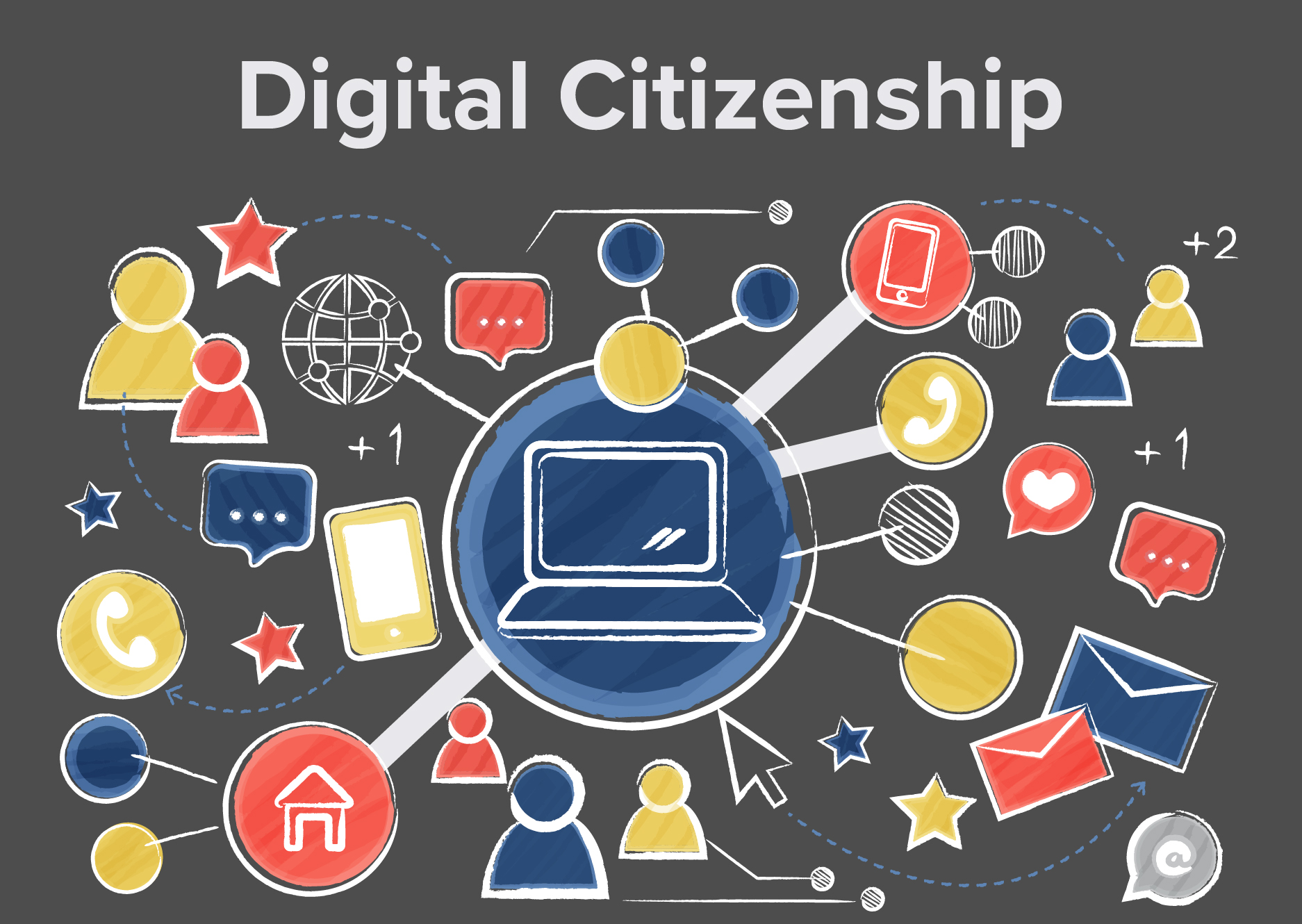
As digital technology becomes an increasingly integral part of education, developing digital citizenship in K12 students is essential. Digital citizenship refers to responsible and informed use of technology, encompassing everything from online safety to ethical behavior in digital environments. Educators must not only teach students how to use digital tools but also instill an understanding of their roles and responsibilities in the digital world.
Why Digital Citizenship Matters
In the connected world, students interact with digital platforms for learning, socialization, and entertainment. Without proper guidance, these interactions can lead to issues such as cyberbullying, exposure to harmful or inaccurate content, and compromised privacy.
According to Pew Research, roughly 46 percent of teenagers say they have encountered at least one cyberbullying behavior, while 28 percent have experienced multiple types of cyberbullying. In addition, more than half of all children between the ages of 10 and 12 have been exposed to harmful online content, which can include hate speech and vulgar, violent or sexually explicit language, images and videos.
Finally, despite many schools’ efforts in protecting privacy of student records, breeches are still an ongoing issue. In an article by the Education Writers Association, it was reported that a security lapse at a leading school safety company “exposed 4 million school records, including the districts’ active-shooter response plans, students’ medical records and court documents about child abuse.”
Teaching digital citizenship helps shift some of this responsibility to the students themselves, helping them to navigate online spaces safely and ethically while also fostering a sense of responsibility toward the broader digital community.
Key Aspects of Digital Citizenship
Digital citizenship encompasses several key areas that can be taught and reinforced in our K12 environments. They include:
• Online Safety and Privacy. Students must be taught to protect their personal information and understand the importance of privacy settings. Help them recognize phishing attempts, understand the risks of sharing personal data, and know how to report suspicious activities.
• Cyberbullying Awareness. SWith social media and other digital communication tools, cyberbullying has become a significant issue. Students should learn about identifying bullying behavior, the effects it has on others, and how to respond appropriately, whether as victims or bystanders.
• Digital Etiquette. . Just like in face-to-face interactions, there are norms for online behavior. Teaching students about respectful communication, avoiding aggressive or harmful language, and understanding the consequences of their online actions is crucial for a positive digital environment.
• Media Literacy. Students should be able to critically evaluate the information they find online. This includes identifying reliable sources, understanding bias, recognizing misinformation, and avoiding the pitfalls of spreading false information. These skills can be integrated into other K12 subject matter areas as well.
• Digital Footprint. Every online action leaves a trace. Students need to understand the concept of a digital footprint and how their online behavior can impact their future opportunities, from college admissions to job prospects.
• Intellectual Property. Educating students about copyright laws, plagiarism, and fair use is essential for developing respect for others’ work and creativity in digital spaces.
• Balanced Technology Use. EWhile technology can enhance learning, it's vital to promote a balanced approach. Teaching students about screen time, the importance of taking breaks, and engaging in offline activities is key to healthy digital habits.
Strategies for Teaching Digital Citizenship
The good news is that the idea of digital citizenship can be easily incorporated into existing K12 curriculum and daily classroom activities. Many of these lessons can be reiterated throughout the school year as opportunities present themselves naturally in the digital education environment. Here are some strategies for educators to keep in mind:
• Incorporate Digital Citizenship into the Curriculum. . Digital citizenship should not be a one-time lesson but an ongoing part of the curriculum. Integrating these concepts into subjects like social studies, English, or health can create a comprehensive approach to responsible technology use.
• Model Positive Digital Behavior. Teachers and educators must lead by example. Demonstrating respectful online interactions, using credible sources for information, and maintaining a healthy digital footprint are powerful ways to influence students.
• Use Interactive Tools. Engage students with interactive activities, such as role-playing scenarios around online safety, identifying fake news, or creating a personal digital footprint audit. Gamified learning and simulations can also help reinforce key digital citizenship skills.
• Collaborate with Parents and Guardians. Digital citizenship doesn’t end at school. Working with parents and caregivers to reinforce these lessons at home can help students maintain consistent behaviors in both their educational and personal digital interactions.
• Promote Student Ownership. Encouraging students to take ownership of their digital presence and behavior is key to fostering independence. This can be done by giving them roles such as digital ambassador, where they can mentor peers on responsible technology use.
The Role of Schools in Building Digital Citizenship
Schools play a vital role in shaping how students interact with digital environments. By creating a culture that emphasizes ethical technology use, schools can help students develop the skills they need to be responsible digital citizens. This involves not only teaching the technical aspects of digital tools but also the social and ethical implications of using them.
Building digital citizenship in K12 students is a critical component of preparing them for the future. As technology continues to evolve, students need the skills to navigate the digital landscape safely, ethically, and responsibly. By integrating digital citizenship into the education system, schools can empower students to become informed and respectful participants in the global digital community.


